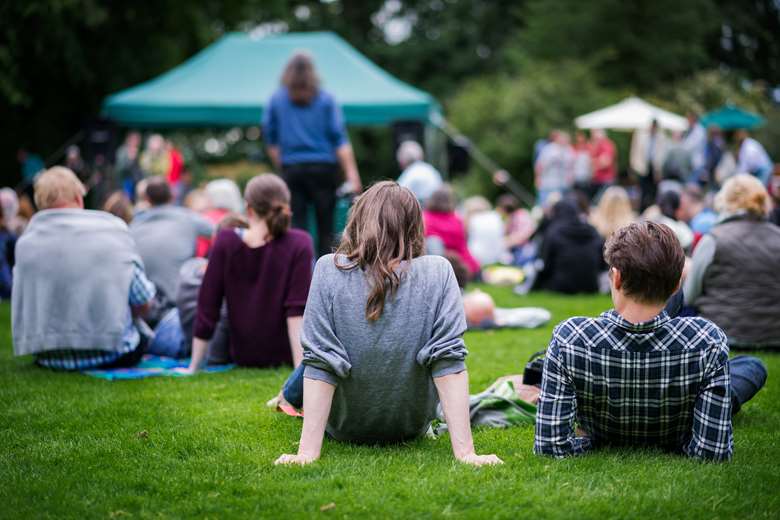The cultural economy: why musicians should look to the local
Toby Deller
Monday, November 2, 2020
Culture must be placed at the centre of the localism agenda

Much of the live performing industry has been shut down or curtailed because of anti-coronavirus measures, though if truth be told, freelance performing has long been precarious.
The question that we as an industry have not had to face until now is: what happens when the the supply of work is cut off or rationed? Are we destined to watch the freelance workforce erodedor mothballed? Could we not somehow unlock its creative potential in other ways?
Advocates for the arts and culture regularly highlight the knock-on benefits these provide to local economies: crudely speaking, the money that gets spent in the hospitality sector whenever there’s a concert. The relationship often goes beyond economics, of course, but it is often expressed informally: cultural activity ‘gives life to a place’; a place ‘wouldn’t be the same without it’.
Reformulating the relationship more purposefully through the notion of civic arts – artistic activity shaped by a civic context – could put arts at the centre of the localism agenda promoted in government rhetoric in the decade since the Localism Act. Crucially, it could also lead to a new cultural funding stream. Here is a summary of how this might work.
A network of democratically constituted Civic Arts Councils, operating independently of the current national Arts Councils is given its own remit of funding independent artists and musicians working on a very local level. CACs would assess applications for relatively small sums of seed-funding, designated for creative projects at a very local level.
Criteria for awarding funding would centre less on excellence or art form significance. Priority would instead be given to applications making imaginative and resourceful use of local connections, perhaps in partnership with community stakeholders – with other local artists, even. This would further encourage applicants to think clearly about how a community’s needs and wants might be served artistically, taking into consideration factors like the venues available, demographics, restrictions on gatherings, local traditions and identifying features, community input.
Priority would instead be given to applications making imaginative and resourceful use of local connections, perhaps in partnership with community stakeholders
Applicants would need to question their creative methods, too, and how to adapt them to the setting and people involved, where necessary. Musicians, for example, might find they can learn from and operate more like theatre companies and site-specific artists in how they conceive and generate work. Thinking small might be more appropriate than thinking big. So too might letting an idea grow in a particular place, rather than transplanting it from elsewhere.
While the small sums involved fall short of the kind of commitment and kudos that Arts Council funding can represent, they would also permit a relatively unburdensome application process and generous scope, giving freelance creatives a realistic prospect of getting projects off the ground and access to a public source of funding for freely imagined artistic work that is usually beyond their reach.
Such an infrastructure could not be set up overnight, of course, so is not a solution for the situation right now. But among their socio-economic benefits, civic arts could put freelance livelihoods on more of a sustainable footing while also giving artists and musicians the prospect of greater level of creative autonomy and a greater say in the direction of their careers.